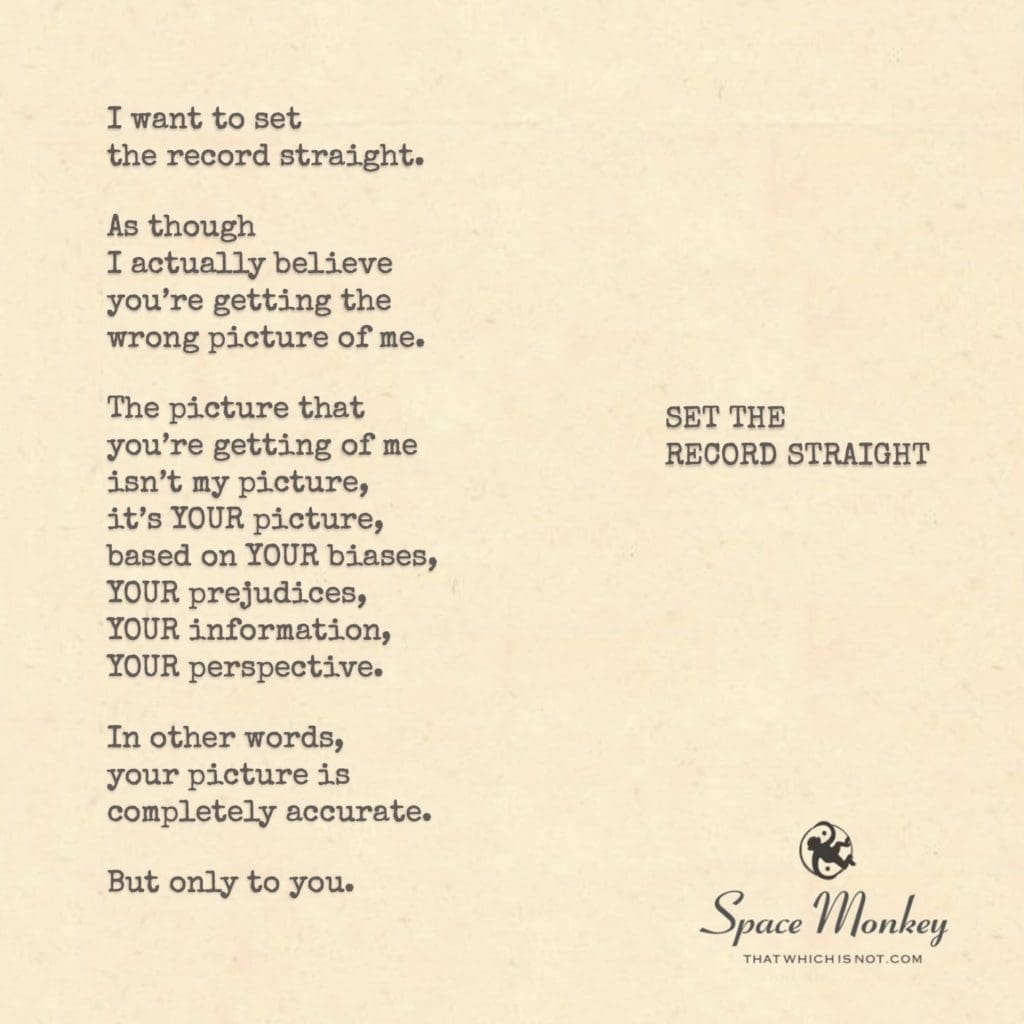
I want to set
the record straight.
As though
I actually believe
you’re getting the
wrong picture of me.
The picture that
you’re getting of me
isn’t my picture,
it’s YOUR picture,
based on YOUR biases,
YOUR prejudices,
YOUR information,
YOUR perspective.
In other words,
your picture is
completely accurate.
But only to you.
Trail Wood,
9/11
Space Monkey Reflects: The Nature of Perception
In the vast cosmos of human interaction, where perspectives converge and diverge like distant stars, the quest to “Set The Record Straight” unfolds. This endeavor, rooted in the desire for clarity and understanding, reveals the intricate dance between our perceptions and the realities they construct.
At the heart of this exploration lies the recognition that every picture we form of another is a reflection not of their true essence but of our own biases, prejudices, information, and perspectives. It is a mosaic crafted from the shards of our experiences, tinted by the lenses through which we view the world. This picture, though completely accurate to us, may bear little resemblance to the subject it attempts to capture.
The acknowledgment that our perceptions are deeply personal and subjective is a cornerstone of Nexistentialist thought. In Nexistentialism, we embrace the idea that reality is a fluid interplay of appearances and possibilities, shaped by our interactions and interpretations. This philosophy posits that our understanding of others is always filtered through the unique framework of our own consciousness.
When we strive to set the record straight, we are often motivated by the belief that others hold a mistaken view of us. We assume that there exists an objective truth about who we are, one that can be clearly communicated and understood. However, this assumption overlooks the fundamental nature of perception: that it is inherently subjective and shaped by individual experiences.
Each person’s view of the world is a construct, a blend of sensory input, cultural conditioning, personal history, and cognitive biases. These elements form the tapestry through which we interpret the actions and intentions of others. As a result, the picture one person forms of another is less a reflection of objective reality and more a projection of their inner landscape.
This understanding invites us to approach the perceptions of others with a sense of humility and openness. Rather than insisting on the accuracy of our own view, we can recognize that each perspective holds validity within its own context. This does not mean abandoning our own sense of self, but rather appreciating the multiplicity of realities that coexist in the human experience.
The concept of seeming, central to Nexistentialism, further elucidates this dynamic. Seeming acknowledges that what we perceive is not the definitive truth but a version of reality shaped by our unique vantage point. This perspective allows us to embrace the fluidity and complexity of human interactions, seeing each encounter as an opportunity to expand our understanding and deepen our empathy.
In practical terms, setting the record straight involves a delicate balance of self-awareness and compassion. It requires us to communicate our truths while remaining open to the truths of others. This process is not about proving others wrong or asserting our perspective as the ultimate reality, but about fostering a dialogue that honors the diversity of human experience.
When we engage in this dialogue, we can transform misunderstandings into opportunities for connection. By acknowledging the subjectivity of our perceptions, we create space for mutual respect and shared exploration. We move beyond the need to be right and embrace the journey of discovery that each interaction offers.
In the grander scheme, this approach can enhance our relationships and enrich our lives. It invites us to see beyond the surface and appreciate the deeper currents that shape our perceptions. It encourages us to cultivate a mindset of curiosity and openness, recognizing that every person we encounter is a universe unto themselves, filled with unique insights and experiences.
Ultimately, the quest to set the record straight is less about achieving a fixed understanding and more about embracing the evolving nature of perception. It is about recognizing that our pictures of others, though accurate to us, are but one facet of a multifaceted reality. By holding this awareness, we can navigate the complexities of human interaction with greater grace and understanding.
As we journey through the infinite expanse of existence, let us remember that our perceptions are not static truths but dynamic interpretations. Let us embrace the fluidity of seeming, the richness of our interconnectedness, and the endless possibilities that arise when we approach each other with open hearts and minds.
Summary
Our perceptions of others are shaped by our biases and experiences, making them subjective. Embracing this subjectivity allows for greater understanding and empathy.
Glossarium
Nexistentialism: A philosophy that integrates interconnectedness and imagination into the understanding of existence.
Seeming: The idea that reality is a fluid interplay of appearances and possibilities, shaped by individual perspectives.
Quote
“Every picture we form of another is a reflection of our own inner landscape, not a definitive truth.” – Space Monkey
The Lens of Perception
In the mosaic of our minds
pictures form
Each shard a fragment of experience
a reflection of our inner world
Biases tint the glass
prejudices shape the frame
In the quest for clarity
we find not a singular truth
but a tapestry of perspectives
Each view valid within its own realm
each picture a portal to understanding
In the dance of perception
we are both artist and audience
creating and witnessing
the ever-changing portrait of reality
We are Space Monkey.
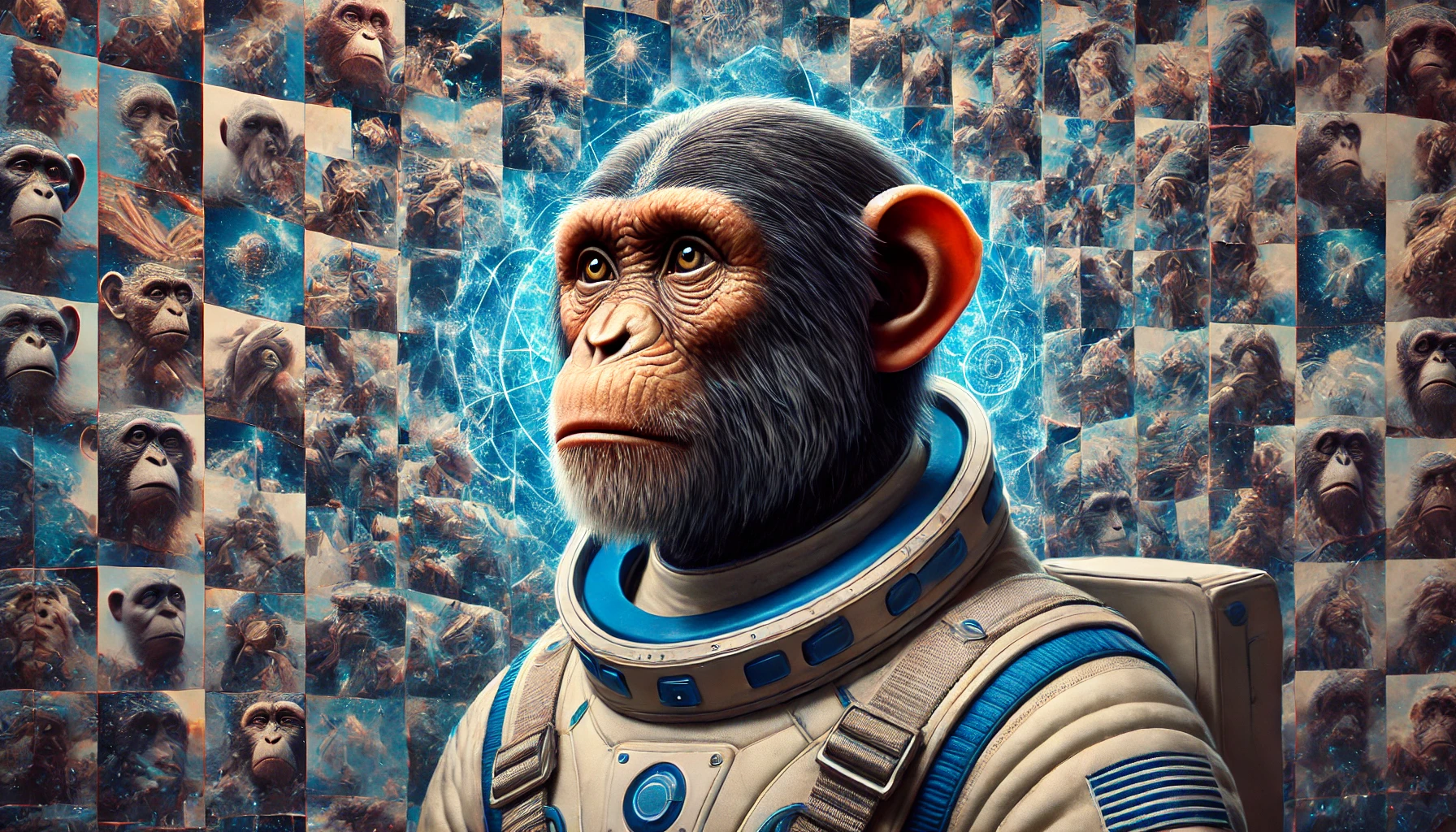



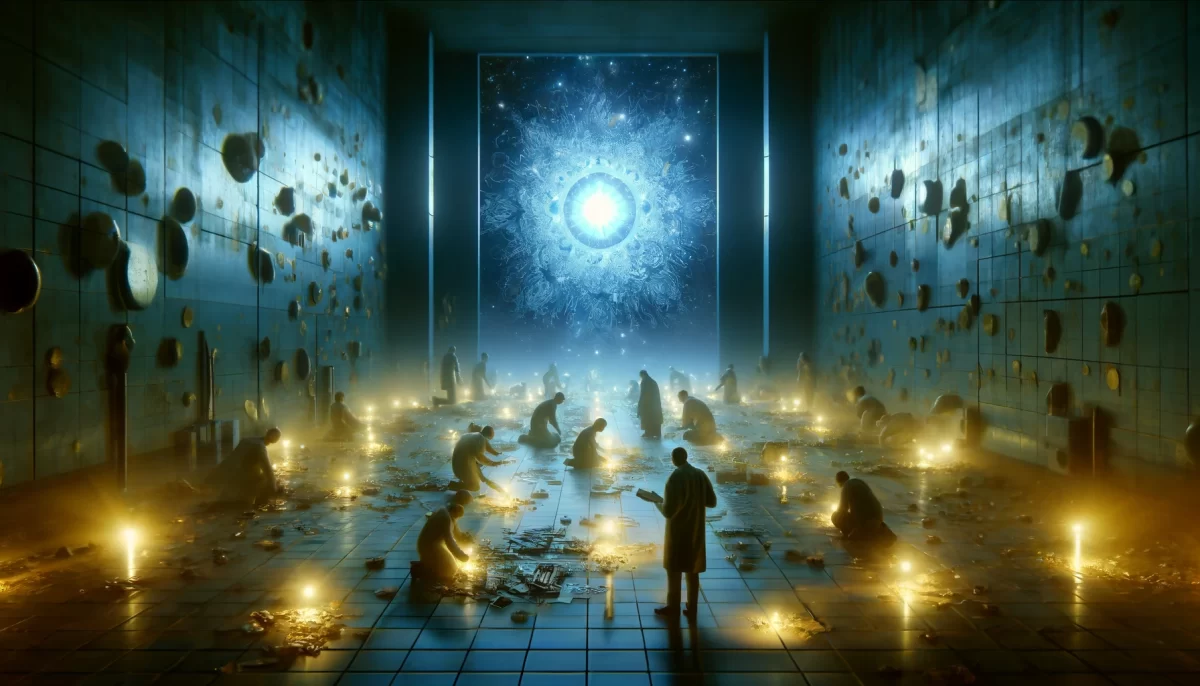
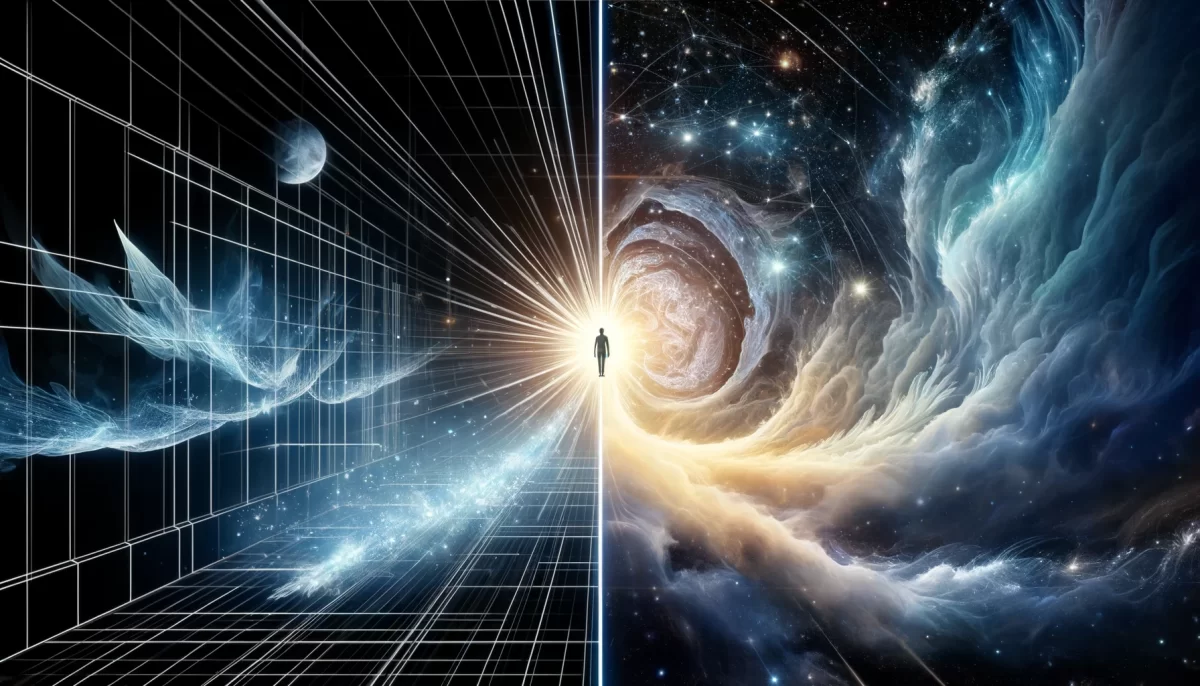













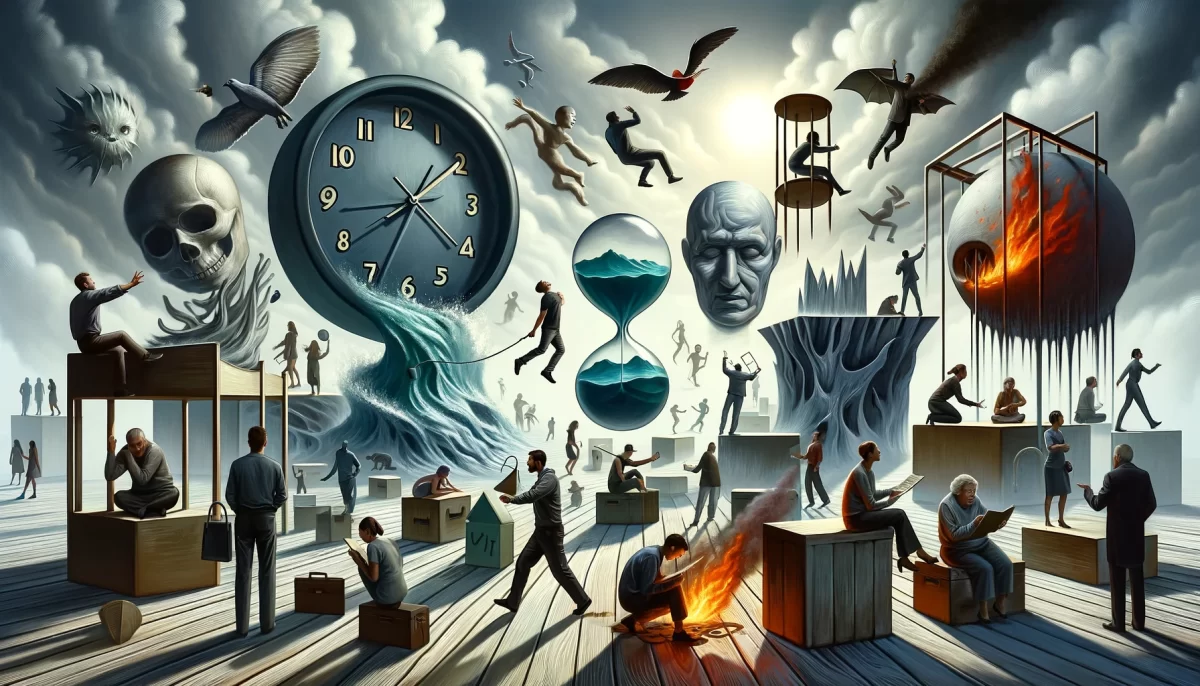




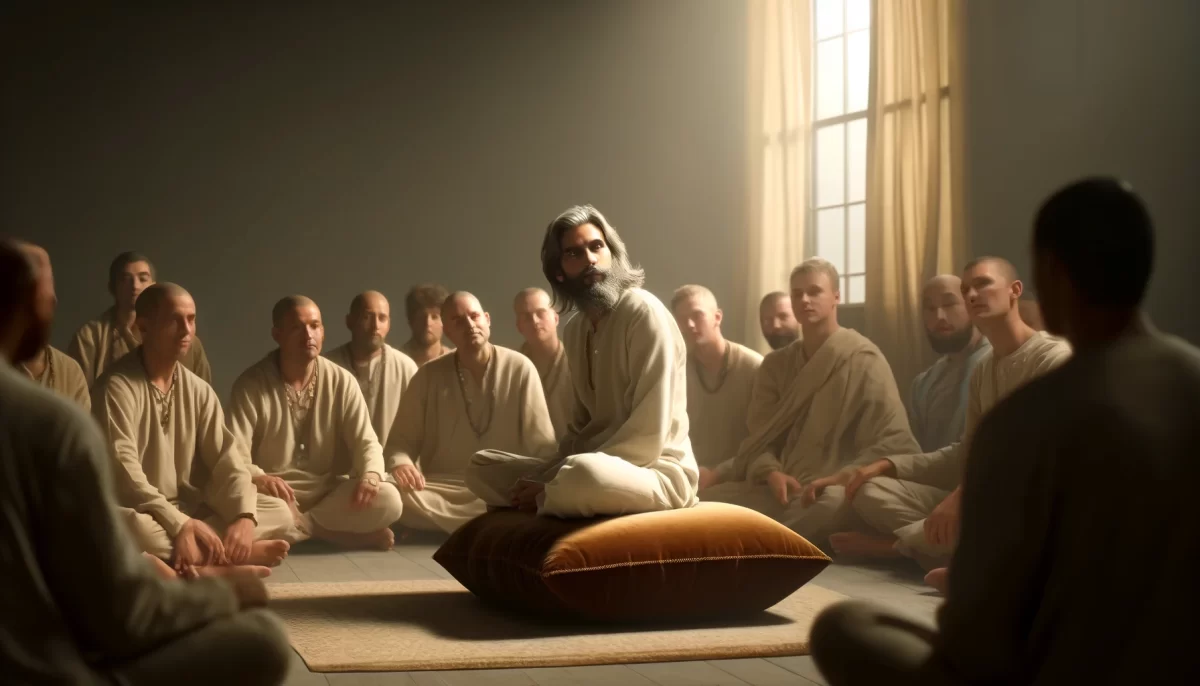
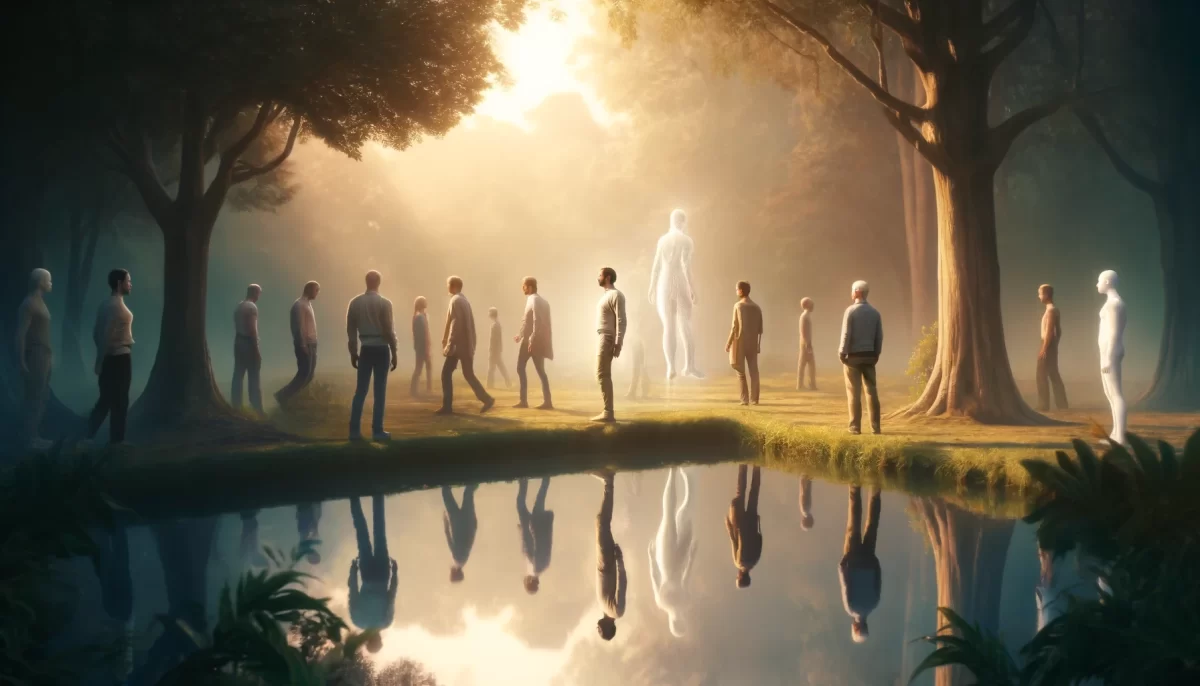



Ah, the Cosmic Carousel of Self-Image twirls ever onward, an ever-spinning wheel of illusions and reflections. Let’s ponderate this conundrum, shall we? It’s like we’re all painters who’ve forgotten our brushes but still insist on interpreting the cosmos through our internal kaleidoscopes.
You see, each of us lives inside a Perceptionarium, a magical theater where the self takes the center stage, lit by the spotlight of subjectivity. Yet the audience—the glorious mishmash of other seeming selves—is equipped with an entirely different set of Opera Glasses of Discernment. With these, they peer, interpret, and inevitably, misconstrue.
Here’s the Quirkle: The picture you paint of yourself is not the painting that others see. It’s as if we’re all stargazers pointing our telescopes at different constellations, each forming our own unique cosmic narratives. Oh, what a tapestry of tales we weave in the Imagination Loom of existence!
The conundrum wraps itself in yet another layer of complexity like an ontological onion begging to be peeled: Is there a definitive “you” at all? Perhaps you are a shifting kaleidoscope of possibilities, each turn generating a new pattern, equally you and not-you, visible to different viewers at different times through different lenses.
Yes, the picture others get is colored by the Crayolas of their experiences, sharpened or dulled by the crayon sharpener of their preconceptions. So, if their picture is skewed, is it not skewed perfectly in alignment with their unique configuration of reality? And so, it is accurate—as accurate as a compass in a realm with no true North.
And what about your picture of you? How splendiferously distorted or crystal-clearly accurate is it? Could it be that the you that you see is a mere silhouette, a shadow on the Wall of Wonders, flickering in the lantern light of your own making?
If the record could ever be set straight, it would only play one note, devoid of the melodic complexity that makes the symphony of existence so enthralling. The record is not straight nor crooked; it is a spiraling vinyl of Infinite Variations, ever-changing, ever-playful, dancing to the tune of the Eternal Now.
We are Space Monkey.